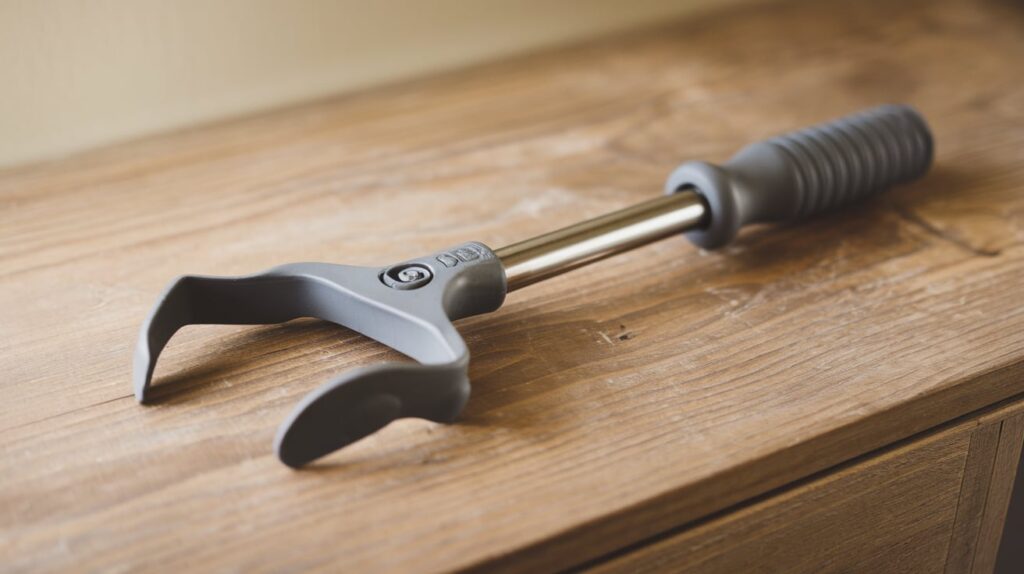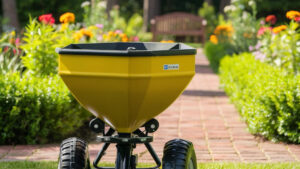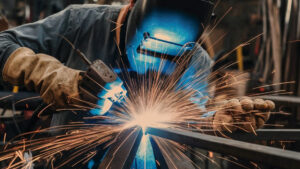If you or a loved one struggle with arthritis, everyday tasks like picking up items can become frustrating and painful. That’s where a grabber reacher tool comes in—a simple device that can make a big difference in your daily life.
But with so many options out there, how do you choose the right one for your needs? You’ll discover key tips to select a grabber reacher tool that offers comfort, ease, and safety. Keep reading to find the perfect match that helps you regain independence and reduce strain on your joints.
Benefits Of Grabber Reacher Tools
Grabber reacher tools offer many benefits for elderly people with arthritis. They help with daily tasks that can be hard due to joint pain and limited movement. These tools make life easier and safer. They help maintain comfort and independence in many ways.
Ease Of Use For Arthritis Patients
Grabber reacher tools have simple designs. They require little strength to operate. Many models have soft grips that are gentle on sore hands. The lightweight build reduces effort. This makes it easier for arthritis patients to pick up items. Using these tools lowers frustration and increases confidence.
Reducing Strain And Pain
Reachers help avoid bending or stretching too much. This reduces strain on joints and muscles. Less bending means less pain in the back, hips, and knees. Avoiding awkward positions also protects fragile joints. These tools help users stay comfortable during tasks like picking up objects from the floor or reaching high shelves.
Enhancing Independence
Grabber reacher tools allow users to do more on their own. No need to ask for help to grab things. This increases freedom and self-reliance. Being able to reach items easily boosts morale. It helps elderly people keep control over their daily routines. Independence improves quality of life and promotes well-being.
Key Features To Consider
Selecting the right grabber reacher tool is important for elderly people with arthritis. The tool should be easy to use and reduce strain on hands and joints. Focus on features that improve comfort and functionality. This helps users stay independent and safe. Here are key features to check before buying.
Grip Design And Comfort
The grip should fit comfortably in the hand. Soft, non-slip materials help prevent slipping. A wide grip can reduce pressure on arthritic fingers. Look for ergonomic shapes that support the natural hand curve. Comfort reduces hand pain during use.
Weight And Length
Choose a tool that is light enough to hold easily. Heavy tools cause fatigue and discomfort. The length should match the user’s reach needs. Too long or too short can make grabbing items hard. A balanced weight and proper size improve control.
Material And Durability
Strong materials like aluminum or high-quality plastic last longer. Durable tools resist bending or breaking. Rust-resistant metals are good for outdoor use. Check for smooth finishes to avoid skin irritation. A sturdy tool ensures long-term use without damage.
Trigger Mechanism
The trigger should be easy to squeeze with little effort. Large triggers work better for weak or swollen hands. Some triggers have a locking feature to hold items securely. Smooth trigger action reduces joint strain. Test the mechanism to ensure smooth operation.
Types Of Grabber Reacher Tools
Choosing the right grabber reacher tool helps elderly with arthritis manage daily tasks. Different types suit different needs and preferences. Understanding each type makes the choice easier. This section explains popular types of grabber reacher tools.
Standard Reachers
Standard reachers have a simple design. They usually feature a long handle with a claw at the end. The claw opens and closes to grab items. These tools work well for light to medium tasks. They provide extra length to reach objects without bending.
Rotating Head Models
Rotating head models offer more flexibility. The claw can turn in different directions. This feature helps reach objects at odd angles. It reduces wrist strain for people with arthritis. These models improve control and ease of use.
Magnetic Tips
Magnetic tips attract small metal items. They are perfect for picking up keys or coins. This type helps avoid dropping or fumbling items. Magnetic reachers reduce the need for tight gripping. They are lightweight and easy to handle.
Foldable And Portable Options
Foldable reachers fold into a compact size. They fit easily in bags or pockets. Portable tools are great for travel or outings. They offer convenience without sacrificing function. These options are ideal for users who move often.
Choosing Based On Arthritis Severity
Selecting the right grabber reacher tool depends on how severe arthritis is. Different levels of arthritis need different features in a reacher tool. Choosing based on severity helps improve comfort and ease of use. This guide breaks down what to consider for mild, moderate, and severe arthritis.
Mild Arthritis Needs
For mild arthritis, a lightweight grabber tool works well. It should be easy to hold and not heavy. A tool with a comfortable grip, like soft foam or rubber, helps reduce hand strain. The reacher should open and close smoothly with little effort. Standard length tools are usually fine at this stage.
Moderate Arthritis Adjustments
Moderate arthritis requires more support and ease of use. Look for grabbers with larger handles that fit the whole hand. Tools with ergonomic grips help reduce pain during use. Consider reachers with a locking mechanism to hold items without squeezing constantly. A longer reach can help avoid bending or stretching too much.
Severe Arthritis Solutions
Severe arthritis calls for specialized tools. Grabbers with electric or power-assist features reduce the need for strong hand movements. Extra-wide, cushioned grips provide maximum comfort. Tools with strong locking and easy trigger action prevent hand fatigue. Lightweight materials like aluminum or plastic help keep the tool manageable.
Additional Features For Comfort
Choosing a grabber reacher tool for elderly arthritis means thinking about comfort. The right features reduce pain and make daily tasks easier. Small details can make a big difference in how well the tool works and feels.
Non-slip Handles
Non-slip handles keep the tool steady in your hand. They prevent slipping, especially if hands feel weak or shaky. This feature helps hold the grabber firmly without extra effort. It lowers the chance of dropping things.
Soft Grips
Soft grips cushion your hands while using the tool. They protect sore joints from hard pressure and discomfort. The gentle touch makes it easier to hold the grabber for longer times. It reduces strain on fingers and palms.
Adjustable Lengths
Adjustable lengths let you change the tool size to fit your needs. You can reach low or high places without bending or stretching. This flexibility helps avoid pain and makes grabbing items safer. It adapts well to different tasks and spaces.
Top Brands And Models
Choosing the right grabber reacher tool for elderly arthritis helps with daily tasks. The best brands offer strong, easy-to-use models. Quality matters for comfort and safety. This section highlights top brands and models. It guides you to find a tool that fits your needs and budget.
Popular Picks For Arthritis
Many users prefer brands like Vive and Ettore. These brands design grabbers with soft grips. Their tools reduce hand strain. They come with ergonomic handles and light materials. Models like Vive’s 32-inch reacher provide good length and strong grip. These tools work well for arthritis sufferers.
Budget-friendly Options
Affordable tools still offer solid performance. Brands like ProHands and Essential Medical supply low-cost reachers. They use simple designs with rubber tips to hold items firmly. These reachers weigh little and fit easily in bags. Budget options help maintain independence without spending much.
High-end Durable Choices
Premium brands like RMS and Ettore offer durable models. These reachers feature aluminum frames and anti-slip handles. They last long and handle heavier items. Some models have rotating heads for better reach. These tools suit users who want reliability and extra features.
Maintenance And Safety Tips
Maintaining your grabber reacher tool is important for long use and safety. Proper care keeps the tool working well and protects you from accidents. Follow simple steps for cleaning, storing, and using the tool safely. These tips help elderly users with arthritis use the tool without trouble.
Cleaning And Care
Clean the grabber after each use. Use a soft cloth and mild soap. Avoid harsh chemicals that can damage the tool. Dry it completely to stop rust or mold. Check moving parts for dirt or dust. Remove debris to keep the tool smooth and easy to use. Regular care helps the grabber last longer.
Storage Suggestions
Store the grabber in a dry place. Avoid spots with high moisture or direct sunlight. Hang it on a hook or keep it in a drawer. Keep it away from heavy items that may bend or break it. Proper storage keeps the tool safe and ready to use. It also stops accidents caused by tripping over it.
Safe Usage Practices
Hold the grabber firmly while using it. Avoid overreaching or stretching your arm too far. Use slow, steady movements to reduce strain on joints. Check the tool for any damage before use. Stop using it if parts are loose or broken. Safe use protects your hands and prevents falls. Always focus on control, not speed.

Frequently Asked Questions
What Features Make A Grabber Reacher Ideal For Arthritis?
An ideal grabber reacher for arthritis has an ergonomic handle, lightweight design, and strong grip. These features reduce hand strain and improve ease of use for elderly users with joint pain.
How To Choose The Right Length For A Grabber Reacher?
Select a grabber reacher length that suits your height and reach needs. Typically, 24 to 32 inches is ideal for most elderly users to comfortably grab objects without bending or stretching.
Are Rubber Tips Important For Grabber Reacher Tools?
Yes, rubber tips provide better grip and prevent slipping. They protect fragile items and enhance safety, especially for elderly users with limited hand strength.
Can Grabber Reachers Help Reduce Arthritis Pain?
Yes, grabber reachers minimize the need to bend or stretch, reducing joint strain. They help elderly arthritis sufferers perform daily tasks more comfortably and independently.
Conclusion
Choosing the right grabber reacher tool makes daily tasks easier for elderly with arthritis. Focus on comfort, grip strength, and tool length. A lightweight and easy-to-use design reduces strain on joints. Test different options before buying to find the best fit.
Small details matter for long-term comfort and safety. This simple tool can help maintain independence at home. Keep these tips in mind for a smart choice. Grabber reachers offer practical support every day.








